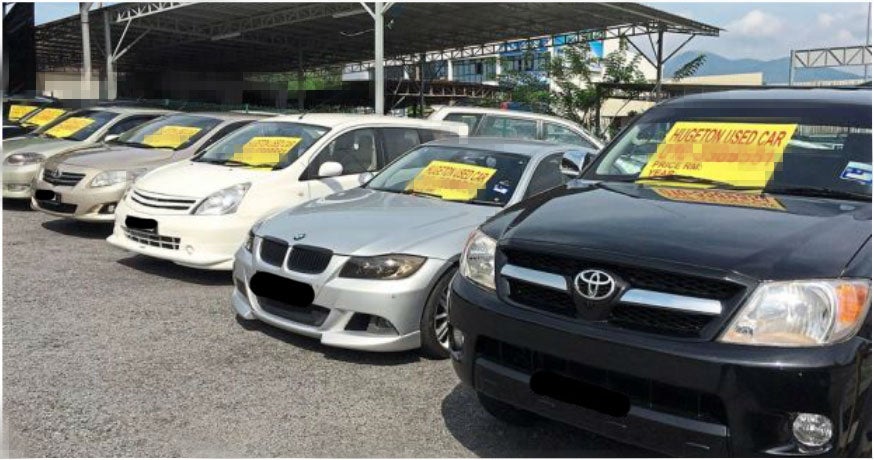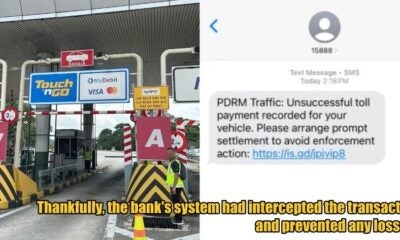In this day and age, with everyday items getting more and more expensive, many Malaysians are doing their best to save more and spend less.
Some even try investing in stocks and property in hopes of growing their savings, while others try to cut down on daily necessities. One of which is by getting themselves a secondhand car. However, purchasing a secondhand car isn’t as straight forward as buying a brand new car. There are a lot of things that need to be taken into consideration.
If you plan to invest in a secondhand car anytime soon, be sure to take note of these things:
1. Get to know the history of the car
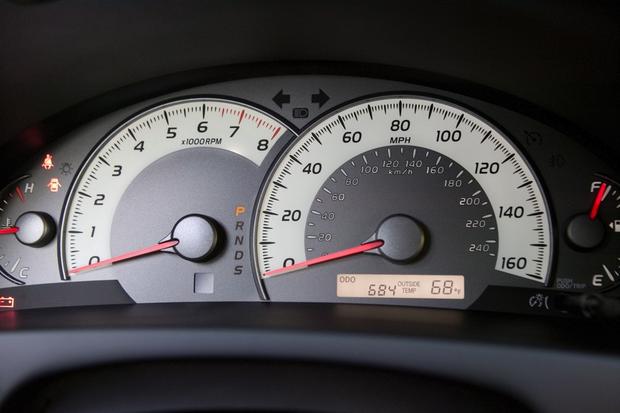
Source: AutoTrader
Before buying anything pre-loved or secondhand, it’s always a good idea to know the history of the item and if it was ever damaged before. When it comes to a car, be on the lookout for:
- A low mileage
- Ensure it’s still under warranty
- A record of service
- Is it accident free?
By taking these things into consideration, you avoid getting an aged car that was badly taken care of. You wouldn’t want to spend more money servicing the car every month would you?
2. Get your own trusted mechanic to inspect the car
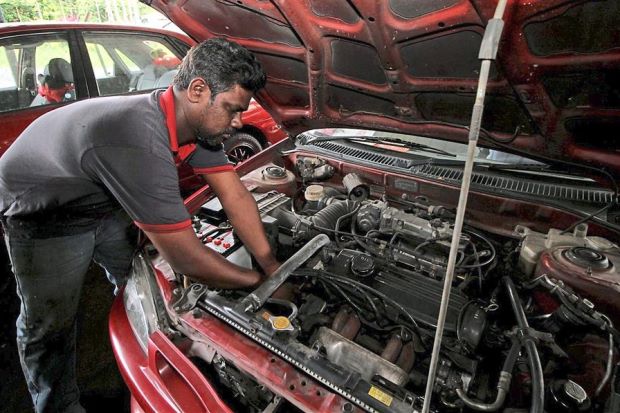
Source: The Star
Don’t let the car’s seemingly good outer appearance, sound and feel trick you into thinking it’s a good car. Get an experienced person, preferably your own mechanic to check out the car’s engine thoroughly for you and take it on a test drive.
Mechanics are often able to point out car damages that often go undetected by most people. They’re even able to spot damages that the owner had already fixed. This can help you avoid getting stuck with a car that looks new but is coming apart on the inside.
If you don’t have a mechanic of your own, here’s a tip: Check out for services like Goo Kantei which offers their own professionals to carry out unbiased inspections – they’ll then let you know the real condition of the car you’re purchasing.
3. Pin point the car you want and roughly estimate its worth based on year, price and condition
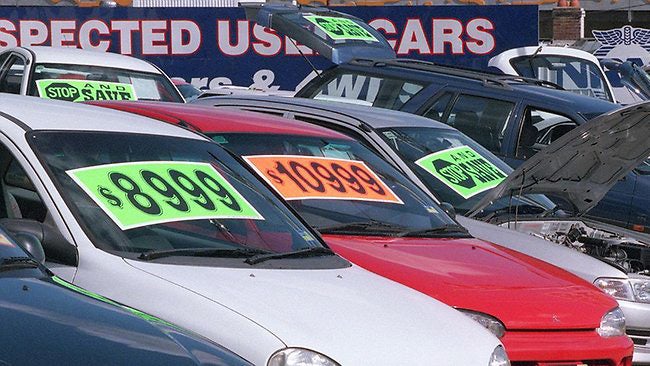
Source: SellAnyCar
Knowing how much a secondhand car is supposed to cost before you hunt for it is important because you don’t want to end up getting cheated. Depending on the model, the average continental or Japanese car would have a 20 to 30 percent depreciation rate each year. For example, a brand new Toyota Vios or Honda City–which costs roughly RM92,000–if sold after two years would fetch around RM60,000 to RM65,000. You get to save about RM30,000!
However, if the car costs anymore than that, be sure to do your homework and find out why. Always compare prices and don’t overpay. On the other hand, if the price is far lower than the estimated worth and sounds too good to be true, it probably is.
4. Buy from a reputable dealer
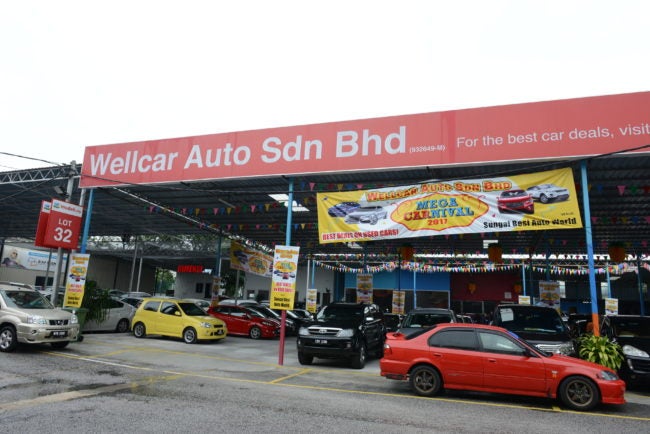
Source: MotorTrader
Check online and do your research to find out who the most reputable dealers are. Read up on comments left by other buyers as well. Make sure the car dealer you’ve found has your best interests in mind and isn’t just out to make money off of you. You can even check out some handy websites to compare prices, read up on the car and much more on sites like Mudah or MotorTrader.
5. Make sure the necessary documents are in order
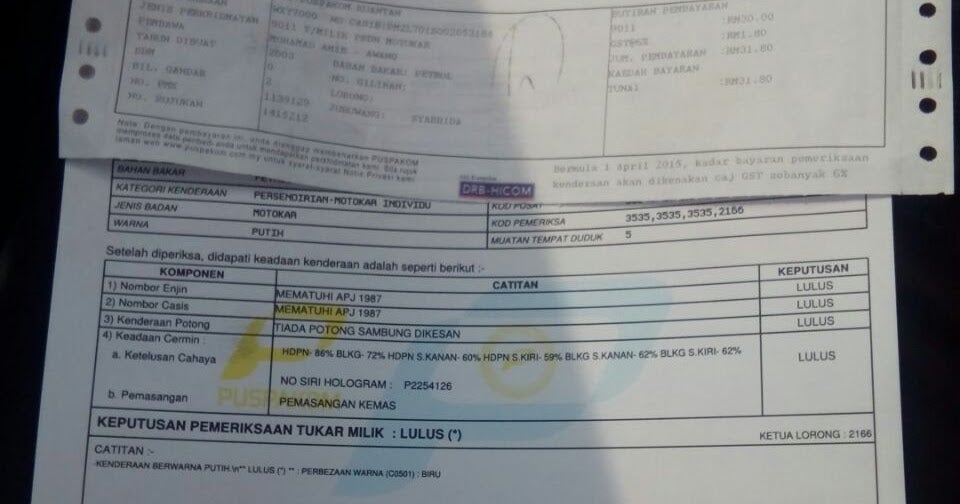
Source: Barliais
If you end up buying a used car from a dealership, the car should have already gone through an inspection by PUSPAKOM and certified for reselling. So be sure to request for the:
- Vehicle registration card
- B5 report (Transfer of Ownership)
- B7 report (Hire Purchase Inspection) if you’re about to take up a bank loan
The same process applies if you’re buying directly from the car owner. However, if the car loan is still being repaid by the owner, the registration card would be with the bank. Don’t fret though, you can ask for the bank certified photocopy of it.
There you have it, just some of the most important things to take note of if you ever plan on buying a secondhand car. It’s not that complicated after all.
Also read: Woman Needs RM580k to Repair RM450k Car After Driving Through Flood

